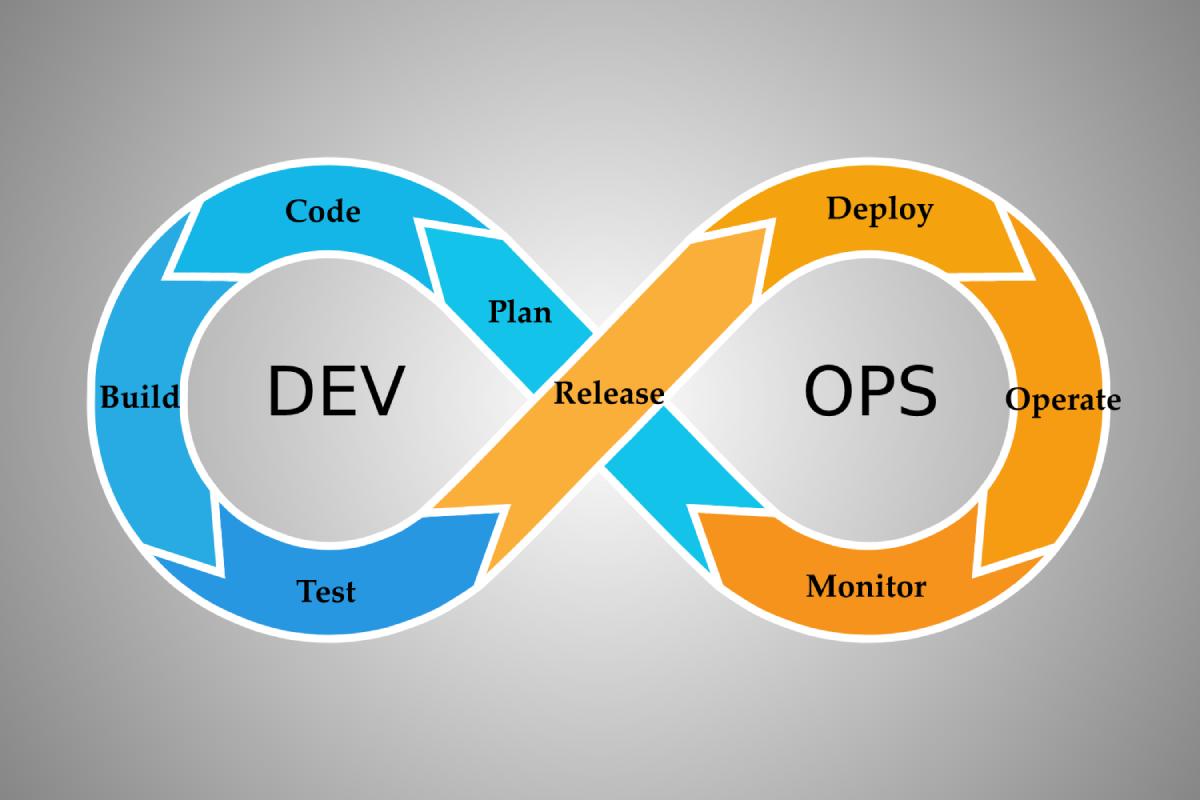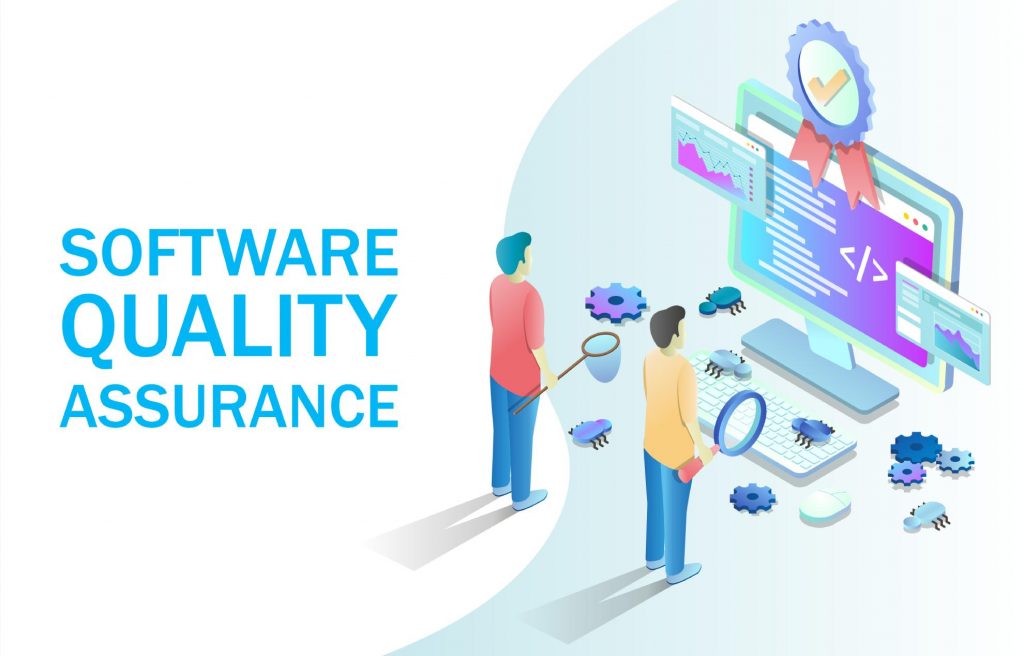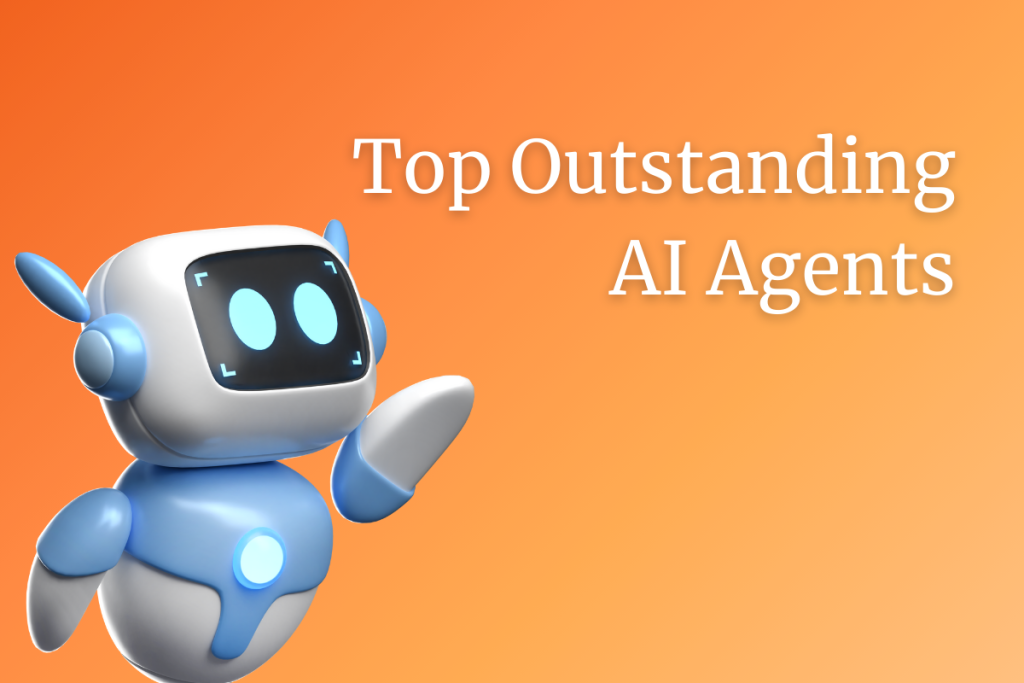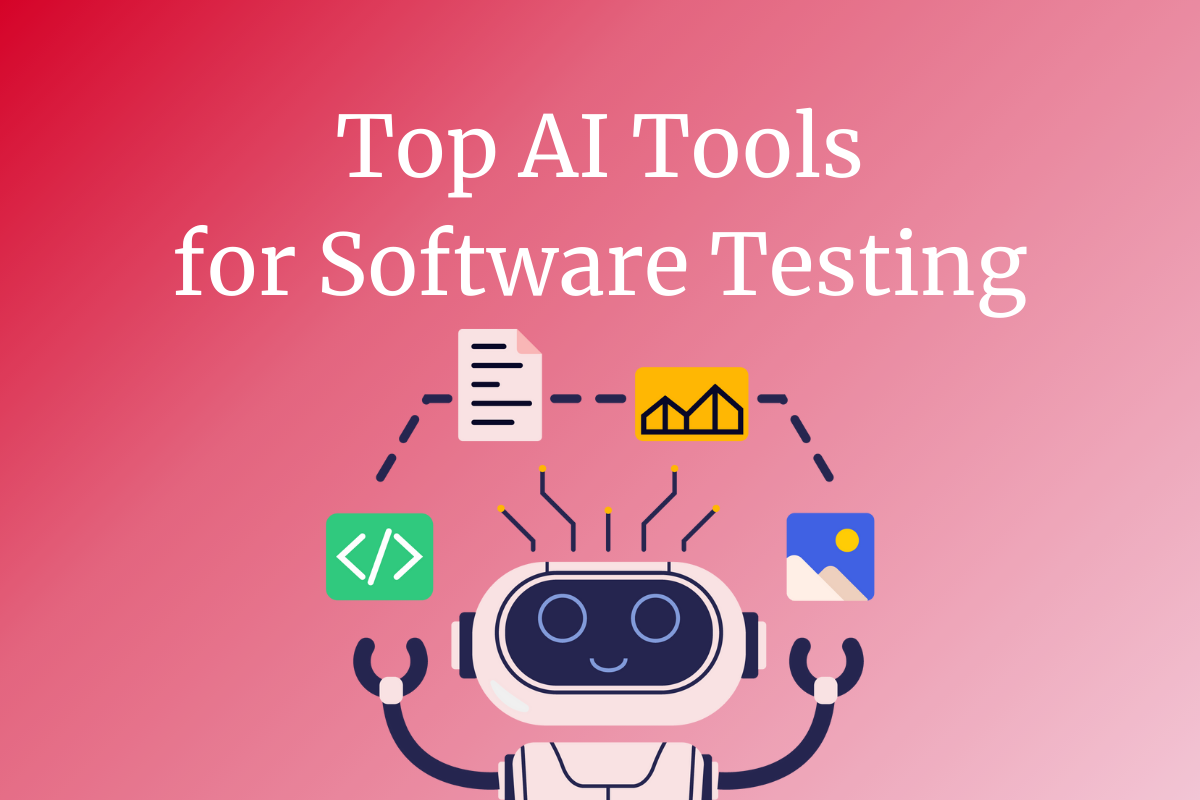Apr 07, 2023 JIN
Shaping the future of Software Quality Assurance Industry: Innovations & Trends
As the importance of software in both personal and commercial domains continues to escalate, the need for reliable, efficient, and high-quality software has become increasingly urgent. In response, software quality assurance enterprises have emerged as a critical component of the software development ecosystem. These entities play a vital role in ensuring software products’ reliability, security, and appropriateness for their intended end-users by implementing rigorous testing and validation protocols throughout the software development process.
Undoubtedly, software quality assurance plays an undefeatable role in software development, but its landscape is evolving at a breathtaking pace. According to an IBIS report, the market size of software testing services in the US alone shall reach its revenue at USD 2.2 billion or higher in 2023, with at least an 8% increase compared to 2022. With novel technologies and methodologies making inroads, businesses actively scout for innovative solutions to enhance their software quality and accelerate their development workflows. Against this backdrop, this blog seeks to provide a comprehensive overview of the latest technology trends and innovations prevalent in software quality assurance industry. It delves into their implications for the future of software development.
The current state and emerging trends in software quality assurance industry
Before delving into the trends and innovations that are molding the future of software quality assurance industry, it is imperative to examine the current state of this industry. At present, software quality assurance industry comprise a vast spectrum of activities, encompassing requirements analysis, design review, code review, testing, and validation. These activities may be executed manually or by employing automated tools and techniques at different software development life cycle phases.
Despite the paramount significance of software quality assurance industry, several obstacles and constraints continue to bedevil this industry. For instance, numerous software development teams grapple with achieving a delicate equilibrium between the need for comprehensive testing and the obligation to adhere to stringent timelines and financial outlays. Furthermore, the ever-increasing complexity of software systems and the need to support a broad gamut of devices or platforms can render testing and validation intimidating.
Fortunately, a slew of emerging trends is poised to aid businesses in surmounting these challenges while bolstering the effectiveness and efficiency of software quality assurance industry. In this regard, it is pertinent to scrutinize some of these disruptive trends in greater detail:
- Software Testing Automation: The automation of software testing through advanced tools and frameworks, colloquially known as test automation, has emerged as a panacea to tackle the escalating complexities and swifter delivery cycles of software. By implementing automation, businesses can save time, money, and effort and glean prompt insights into software quality, enabling them to make data-driven decisions.
- Agile and DevOps methodologies: The Agile method entails a development approach characterized by iterative cycles and continuous improvement, while DevOps, which stands for Software Developer and Operations Personnel, is a methodology that aims to amalgamate the workflow of these two teams and foster a collaborative and shared responsibility culture. By synergistically blending the iterative development approach of Agile with the streamlined collaboration of DevOps, disparate groups can work cohesively to deliver high-quality products and services that align with the client’s requirements.
- Blockchain Testing: Unlike conventional software testing, blockchain testing is a systematic process that entails assessing and verifying the functionality, performance, security, and scalability of a blockchain-based project or application. This arduous task necessitates a deep-rooted comprehension of the underlying blockchain technology, data structures, and cryptographic principles, along with the ability to simulate myriad testing scenarios, such as stress testing, security testing, and functional testing, among others.
- Artificial Intelligence (AI) and Machine Learning: AI and machine learning have revolutionized the software testing landscape by streamlining testing procedures. These technologies can deftly automate humdrum and repetitive tasks, detect potential defects, and analyze test results, thereby optimizing the testing process to a significant extent.
Virtualization and cloud-based testing: Cloud-based testing and virtualization can streamline the testing process, allowing for increased scalability and flexibility by simulating hardware and software environments. These cutting-edge technologies curtail infrastructure costs and empower teams to conduct tests on cloud platforms, thereby obviating the need for dedicated hardware resources.
Innovations in Software Quality Assurance industry
Given the ever-increasing significance of the software quality assurance industry and the highly competitive nature of the IT industry, it has become imperative to develop innovative approaches that can elevate the performance of software testing. In this regard, several pioneering innovations have emerged to enhance the effectiveness of the software quality assurance industry. Some of the most prominent of these innovations are listed below:
Shift-left testing
As a part of continuous testing, shift-left testing is a methodology that entails the early incorporation of software testing in the software development lifecycle. By testing code as early as possible, teams can detect defects and errors before they become more expensive and challenging to address. Furthermore, this methodology fosters enhanced collaboration between development and testing teams as they work together to identify and resolve issues in real-time.
Shift-left testing is a highly practical approach that can help businesses reduce the time and costs involved in software development. By detecting defects early in the development cycle, testing teams can prevent the need for additional rework and debugging later on. However, implementing this methodology may require additional resources and expertise, as development teams must be able to identify and address unforeseen issues promptly.

As a common innovation, shift-left testing enables enterprises to optimize their software testing processes.
Behavior-driven development (BDD)
Behavior-driven development (BDD) is an Agile testing practice that prioritizes defining and testing software features from an end-user perspective. This software development methodology entails creating user stories and acceptance criteria that outline how the software should function in different scenarios. These are then tested to verify that the software meets all the required standards. This approach allows teams to understand user needs and preferences better, resulting in more effective software development and testing.
Being an effective strategy, BDD can promote collaboration and communication among development, testing, and business teams. By prioritizing user stories and acceptance criteria, this approach ensures that all stakeholders are aligned on the software product’s goals and requirements. However, implementing BDD may require a significant investment of time and resources upfront, as teams must develop comprehensive user stories and acceptance criteria to achieve the desired outcomes. BDD can significantly enhance software development and deliver more satisfactory products for end-users.
Testing in Production
Testing in production is a software testing and quality assurance approach that involves testing software in a live production environment instead of a separate testing environment. This approach is becoming increasingly popular as software delivery processes become more automated and Agile methodologies are adopted. Testing in production is typically employed to test new features or functions and conduct performance, load, and stress testing. By implementing this approach, developers can observe how changes affect the software and its behavior in a real-world environment, including how these changes will interact with existing software and infrastructure.
One advantage of testing in production is its ability to uncover issues and defects that may go unnoticed in controlled testing environments. Nonetheless, this approach must be executed cautiously, as conducting tests in a production environment can potentially affect end users and disrupt vital business processes. Overall, testing in production can provide critical insights that cannot be obtained through traditional testing methods, leading to more effective and reliable software delivery.
AI-Powered Testing
AI-powered testing utilizes cutting-edge artificial intelligence technologies such as machine learning, natural language processing, and computer vision algorithms to streamline and enhance the software quality testing process. By automating this essential aspect of software development, organizations can significantly improve testing efficiency and accuracy while simultaneously freeing up valuable resources to focus on other critical tasks.
With its unique ability to detect patterns and trends in software testing data, AI-powered testing helps identify potential issues early on before they escalate into significant problems. However, to fully realize the benefits of this approach, organizations may need to invest in advanced technical expertise and resources. Nevertheless, implementing AI-powered testing enables businesses to save valuable time and effort that would have otherwise been spent on conducting manual tests. Additionally, this method can significantly enhance the accuracy and effectiveness of the testing process, leading to improved overall software quality.
The world must prepare to witness groundbreaking achievements in science and technology, which have the potential to not only enhance software performance but also revolutionize the way it’s developed, tested, and deployed. These advancements will undoubtedly transform the process of satisfying quality requirements for any product, marking a new era in software quality assurance industry.
SHIFT ASIA is committed to providing top-notch consulting services in this cutting-edge field. Our bilingual, professional, and thorough teams are always well-prepared and up-to-date with the latest advanced technologies, constantly honing their skills and modernizing their tools to keep up with the ever-evolving world. Don’t hesitate to contact us today for expert guidance and support.
ContactContact
Stay in touch with Us









